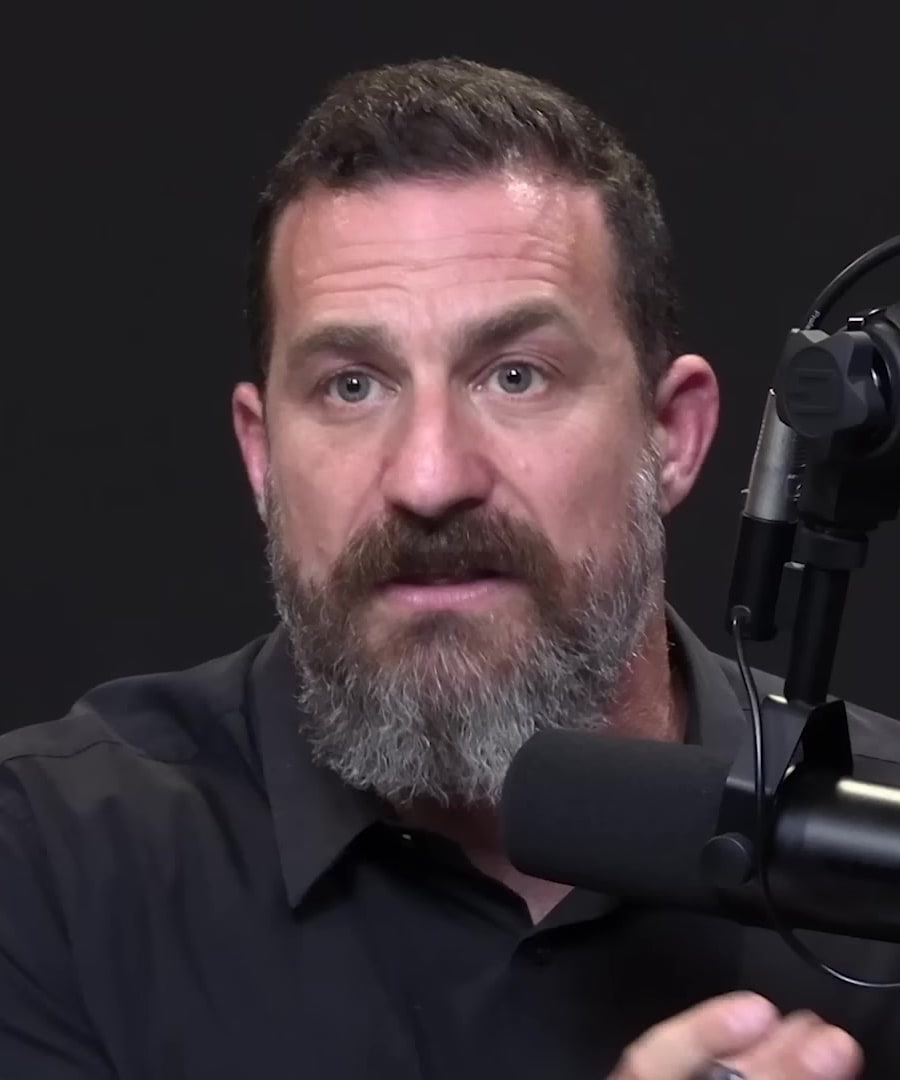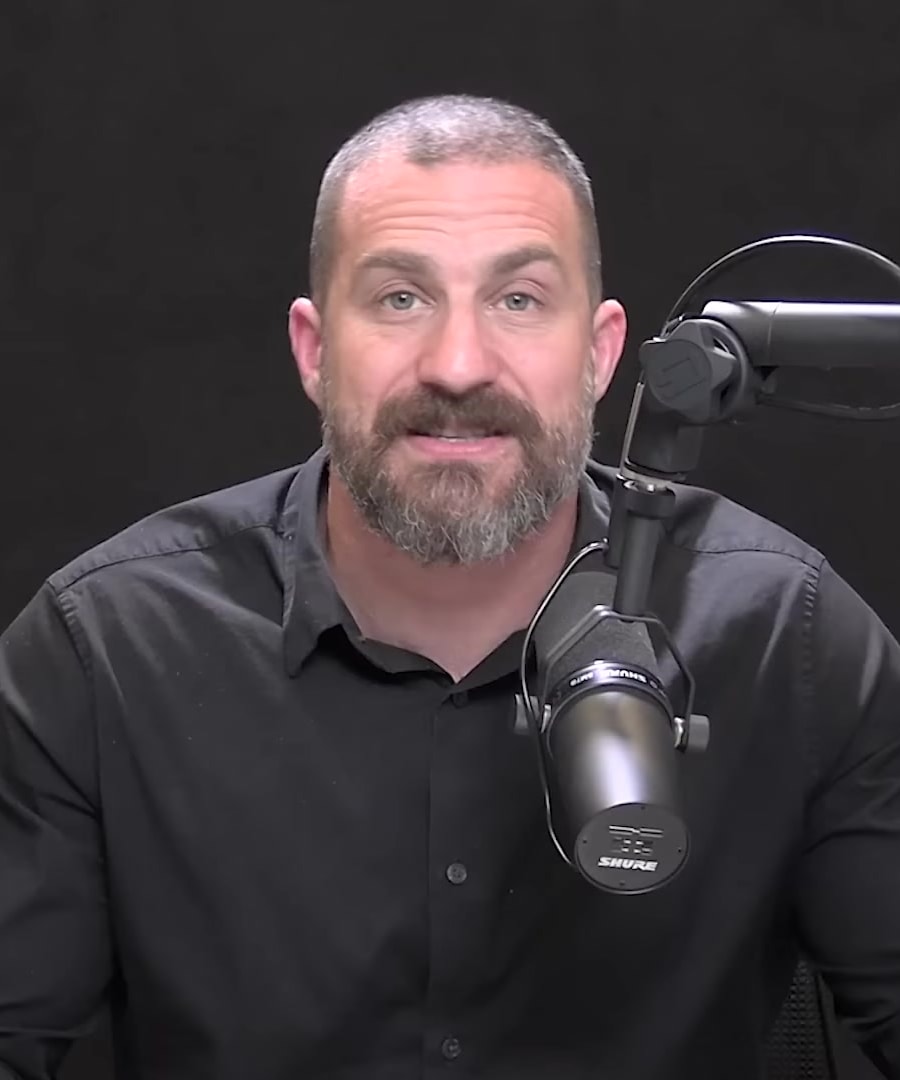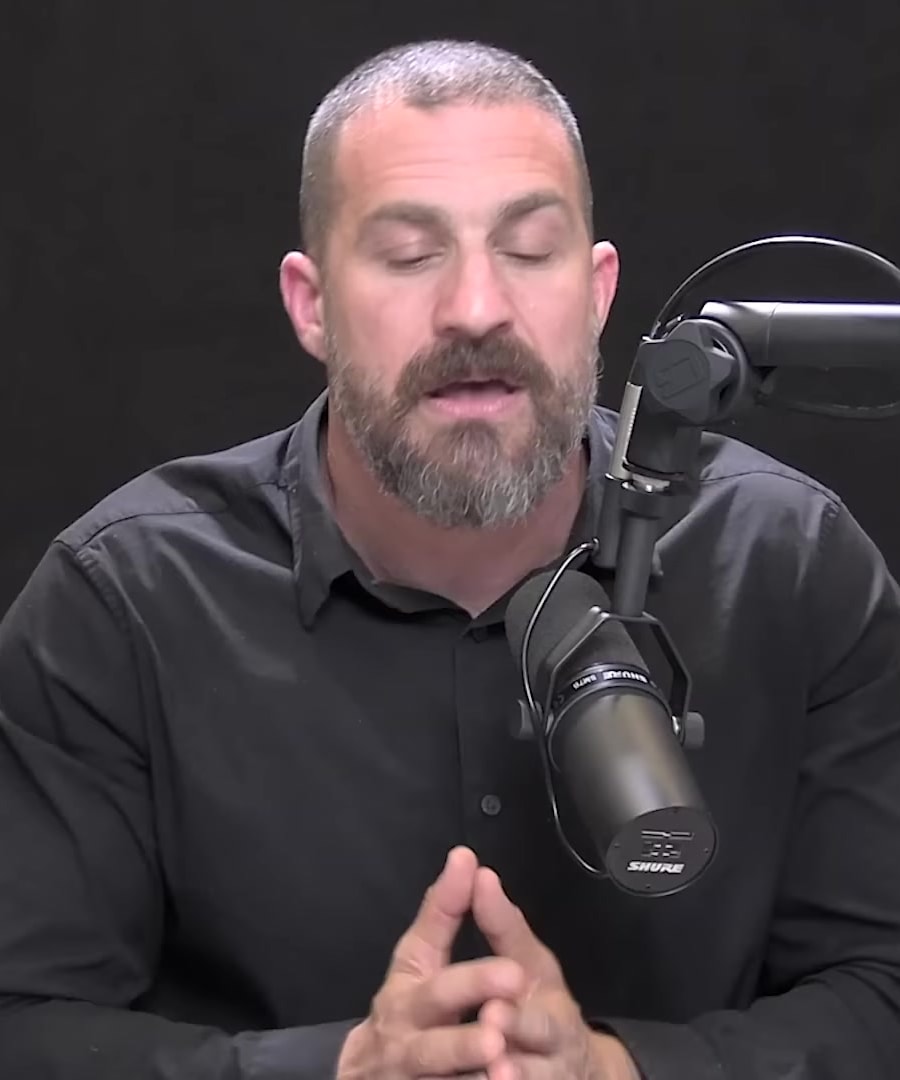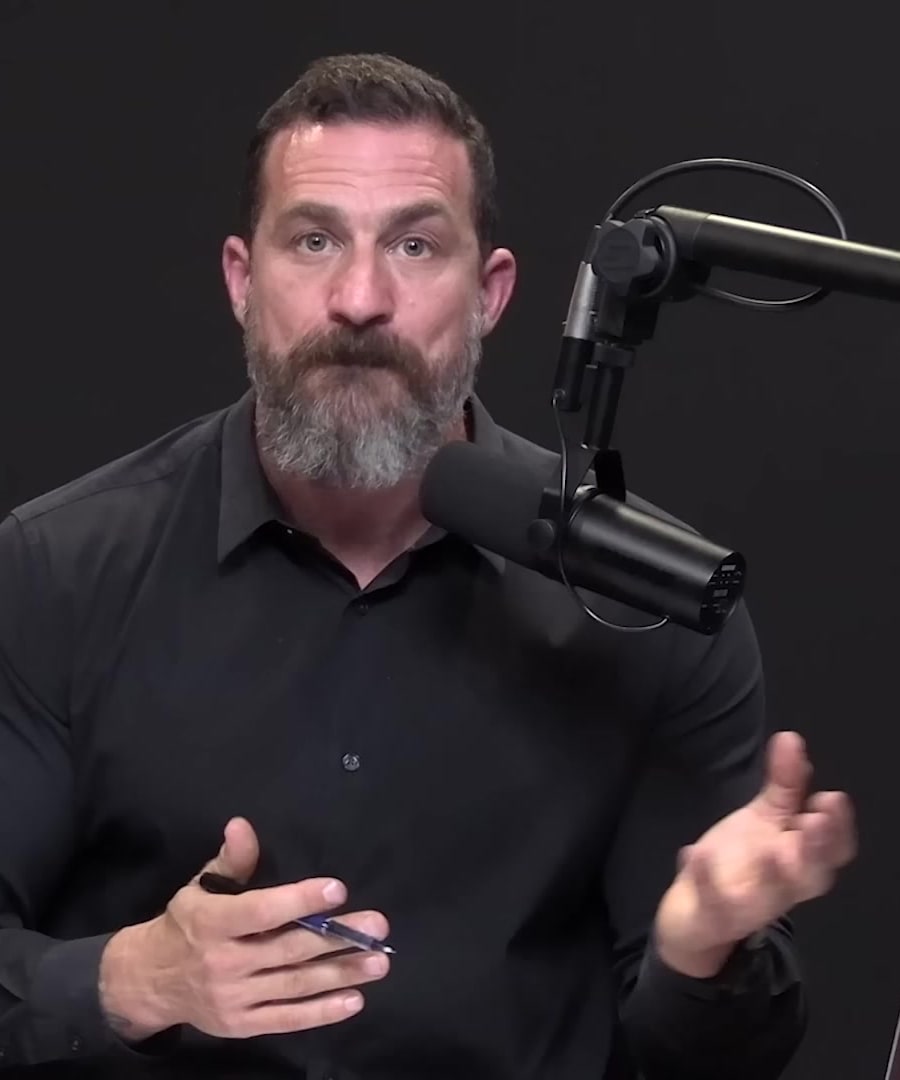Best protocols for reducing anxiety
Sources:
Here are some effective protocols suggested by for reducing anxiety:
-
Writing Protocol: Writing about stressful or traumatic experiences for 15 to 30 minutes over four sessions can lead to long-lasting improvements in both mental and physical health. It's important to be prepared for the emotional impact of this exercise and perhaps start with less traumatic events before delving into more significant experiences 1.
-
Stress-Relief Protocols:
- Short bouts of intense stress (five minutes per day) have been shown to reverse the effects of chronic stress in studies. This approach aligns with findings that suggest regulated stress exposure can be beneficial 2.
- Deliberately inducing stress through controlled scenarios, such as cold showers or other intense, short-duration activities, can help alleviate trauma and fear. However, caution is advised, especially for individuals with anxiety or panic disorders 3.
-
Sauna Protocol: Regular sessions in a sauna, particularly with a protocol that involves 12-minute exposures at 90 degrees Celsius followed by a six-minute cooldown, can significantly lower cortisol levels, benefitting stress management 4.
-
Breathing Techniques: Engaging in specific breathing protocols, such as the cyclic physiological sigh (two inhales through the nose followed by a full exhale through the mouth repeated for five minutes a day), can improve mood, reduce anxiety, and enhance sleep 5.
These protocols leverage both psychological and physiological approaches to managing stress and anxiety, providing various options that can be tailored to individual preferences and needs.
RELATED QUESTIONS-
Could you provide more detailed instructions for these anxiety-reducing protocols?
Sources:
Detailed Instructions for Anxiety-Reducing Protocols
Let's go through the detailed instructions for each of the mentioned anxiety-reducing protocols as explained by in the :
1. Writing Protocol
- Duration: Write for 15 to 30 minutes per session.
- Frequency: Conduct four sessions, either on consecutive days or spread across a month.
- Content: Focus on a stressful or traumatic event. Start with less traumatic events if you're new to this kind of exercise.
- Procedure: Write continuously during each session. Grammar and spelling are not important, but maintain some coherence for potential later analysis. After writing, circle negative words and square positive ones. You can review and analyze your writings later if you choose.
- Emotional Management: Be prepared for the emotional intensity. Allow time after writing to relax and return to a normal state, such as 10 to 15 minutes to "cool down" and regain composure.
For more information, you can reference different aspects of the protocol explained in various clips: 1 2 3 4 5 6.
2. Breathing Techniques: Physiological Sigh
- Procedure:
- Inhale deeply through the nose.
- Before exhaling, perform a brief secondary inhale to maximize lung inflation.
- Exhale long and slowly through the mouth.
- Purpose: This technique opens collapsed air sacs in your lungs and has an immediate calming effect.
- When to Use: It can be used anytime you need to calm down quickly, such as before public speaking or during acute stress.
For more details on this breathing technique, see 7.
These detailed protocols provide tools that can be tailored to personal needs and circumstances, offering a structured approach to anxiety management.
RELATED QUESTIONS
Best protocols for reducing anxiety
- RELATED QUESTIONS
Could you provide more detailed instructions for these anxiety-reducing protocols?
- RELATED QUESTIONS








